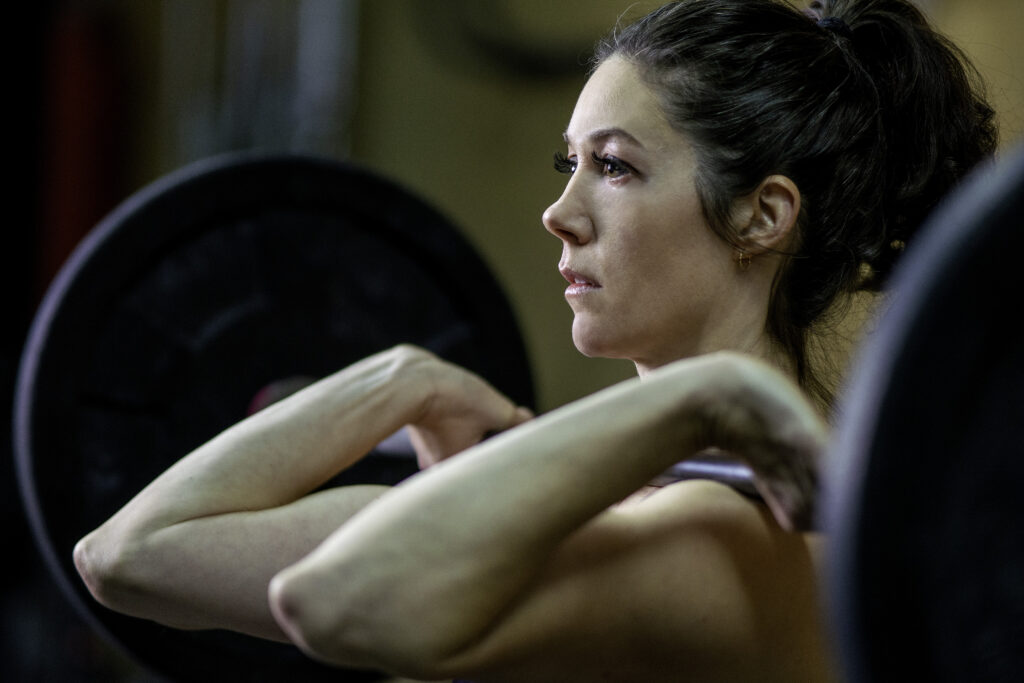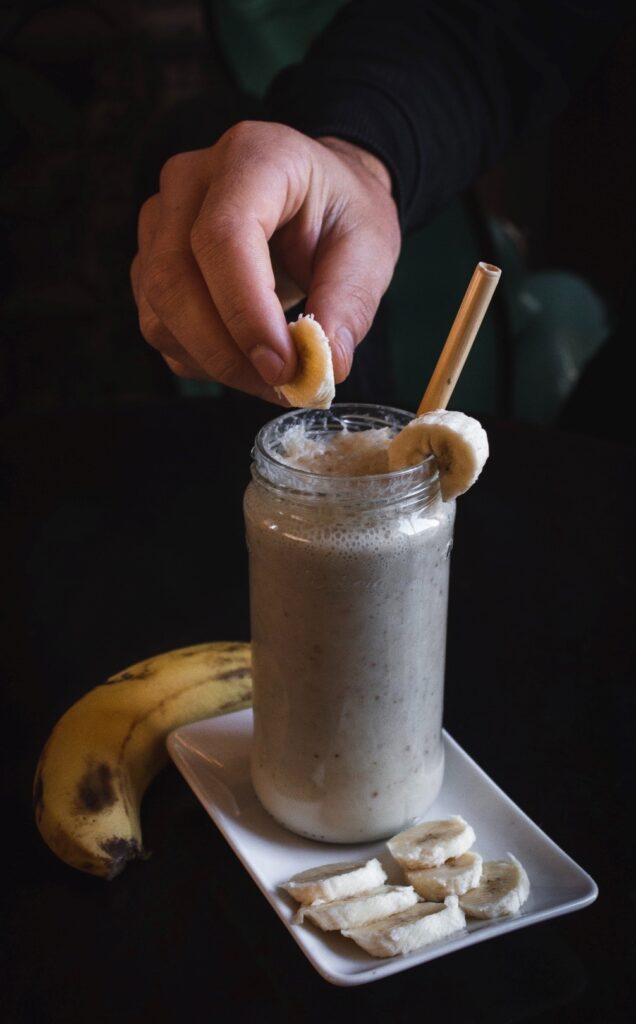Creatine – What Are You Missing?

Why Creatine is Essential for Building Muscle and Staying Lean
The first time I heard about creatine was in the high school weight room. I was generally the only girl who ever used the high school weight room but after an introduction to it in grade 10 gym class, I was hooked. The boys in the weight room seemed to believe that if they took this magic potion, called creatine, mixed in water before their workouts they would suddenly turn into the Hulk with instant increases in strength and, in a relatively short amount of time, they’d grow big muscles. I did not pay much attention back then but with creatine being the most researched sports supplement on the market today, it was not the last I would hear of creatine.
Being somewhat of a gym rat most of my life, I have learned a lot about sports supplements from those around me, and later in life, from my Advanced Diploma in Sports Nutrition. Now, as a professor of Sports Nutrition at the Canadian School of Natural Nutrition in Ottawa, Canada, it is probably my favourite supplement to talk about. Furthermore, as an athlete who dabbles occasionally in competition, I have a personal interest in bettering my training and performance.
So, what is creatine?
Creatine is a non-essential amino acid that our body produces naturally in both the liver and pancreas. When an amino acid is “non-essential” it means our body can make it. Our body makes creatine from amino acids arginine, lysine and methionine which are found in both the plant and animal foods we eat. Creatine itself is also found in animal foods, like meat and fish, but in relatively low quantities.
Creatine is important for energy production. Obviously, our bodies need energy to function. During exercise, your body must turn adenosine triphosphate (ATP), your basic energy source in the muscle, to adenosine diphosphate (ADP), to release energy for movement. There is a limited amount of ATP in the body, so the body must turn ADP back to ATP quickly in order to maintain the intensity of movement. This energy system uses creatine phosphate to produce energy so, in short, you need creatine to generate energy when you are working out, especially at high intensity for short durations where you rapidly use up ATP.
When creatine stores become depleted, your ability to produce energy quickly declines, meaning your power and strength suffer. About 95% of the body’s creatine is stored in the skeletal muscles and the remaining in the heart, brain, and testes. The average person has about 70% of the creatine they can store in their bodies at any given time. This is potentially lower for someone who does not consume meat and/or fish on a regular basis. Therefore, supplementation is the best way to ensure you are meeting your full storage potential.
Why would I supplement with creatine?
Hundreds of studies have measured the effectiveness of creatine supplementation on anaerobic/high intensity performance. By supplementing you raise your creatine levels which may:
- Enable you to sustain an all-out effort for longer and recover faster between sets.
- Speed up the physical adaptations you get from training because creatine allows you to train at a higher level when it comes to both intensity and volume meaning you will burn more calories.
- Promote muscle growth/hypertrophy by drawing water into the muscle cells which stretches the cells’ outer sheath – a force that can trigger an anabolic reaction.
- Reduce muscle acidity therefore allowing more lactic acid to be produced before fatigue sets in.
- Reduce muscle protein breakdown following intense exercise, resulting in greater strength gains.
- Stimulate protein synthesis resulting in increased lean muscle tissue.
Resting Metabolic Rate is an estimate of how many calories a person burns at rest during a 24-hr period. In other words, the number of calories you need just to stay alive and watch Netflix all day. It may come as a surprise that most of our daily calories are used just to keep our bodies functioning, including breathing, and keeping our hearts beating. One of the greatest determining factors of one’s resting metabolic rate is the amount of lean muscle he/she has on his/her body. Muscle is very metabolically active meaning it requires a lot of energy (calories) to sustain it. Therefore, the more muscle you have on your body, the more calories you burn at rest. It is both male and female best interest to maintain a good amount of muscle mass.
The Skinny Jacked on Creatine Supplements
High-quality creatine has become easy to make and easy to acquire. All creatine supplements are synthetic making them suitable for omnivores and plant-based enthusiasts alike. As mentioned, creatine is found in only small amounts in meat and fish so it would be way too expensive to extract creatine from meat, not to mention environmentally unsustainable. It is much cheaper and more efficient to manufacture it synthetically by using two chemicals: Sarcosine, a sodium salt, and a chemical called Cyanamide. The process of manufacturing creatine is not new; it is well-refined. The “impurities” are usually just natural traces of things like iron and sulphate—nothing to worry about. Creatine Monohydrate offers superior mixability, faster uptake into the bloodstream, and no digestive issues. This form of creatine has been proven to be one of the safest, most effective supplements on the market today.
Although some athletes believe a loading phase at the onset with 10-20 g of creatine per day for approximately 5-7 days is most effective, most research shows that a lower dose of creatine—5 g/day—is the most effective dosage, and that the same results can be achieved without a loading phase.
Like the loading myth cycling on and off creatine is also not necessary. Rather, creatine should be taken consistently since most of creatine’s benefits occur once a saturation point has been reached. Furthermore, to date, not a single research study has demonstrated that cycling on and off creatine is beneficial.
When creatine is added to a post-workout shake, along with a simple carb such as fruit to aid in faster absorption, the benefits are almost instantaneous. Ensuring proper hydrating while supplementing with creatine is essential to ensure it is carried into your muscles.

Photo credit @shotsoflouis
#Gainz Smoothie
1-2 cups water or milk substitute of your choice (depends how thick you like your smoothie)
1 scoop chocolate whey protein
5g creatine monohydrate
1 banana
1 Tbsp defatted peanut butter (optional)
Natalie Rivier, RHN, Dip. Advanced Sports Nutrition
Branch Manager, Canadian School of Natural Nutrition
Follow Natalie @natalie_rivier

